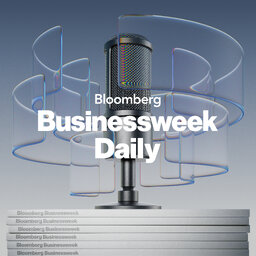Charitable Giving, The Business of Affordable Baby Food
Watch Carol and Tim LIVE every day on YouTube: http://bit.ly/3vTiACF.
Dianne Chipps Bailey, National Philanthropic Executive at Bank of America Private Bank, discusses charitable giving by affluent US households. Laura Modi, CEO of Bobbie, talks about battling inflation for customers of her pediatric nutrition company.
Hosts: Carol Massar and Emily Graffeo. Producer: Paul Brennan.
 Bloomberg Businessweek
Bloomberg Businessweek


